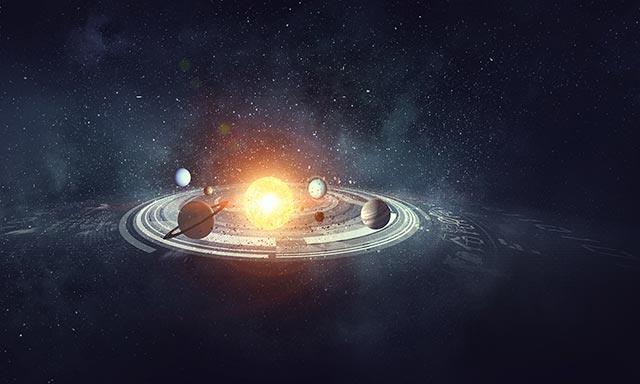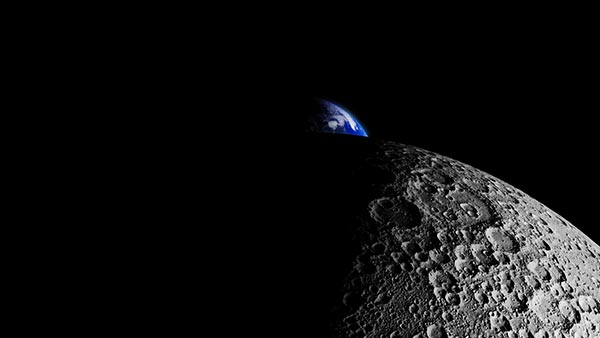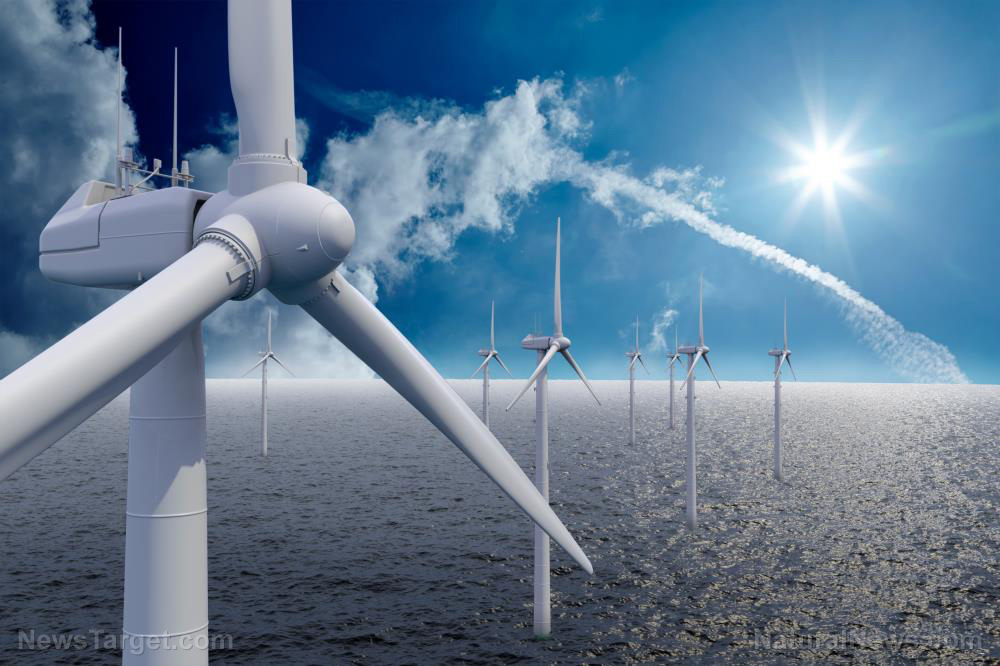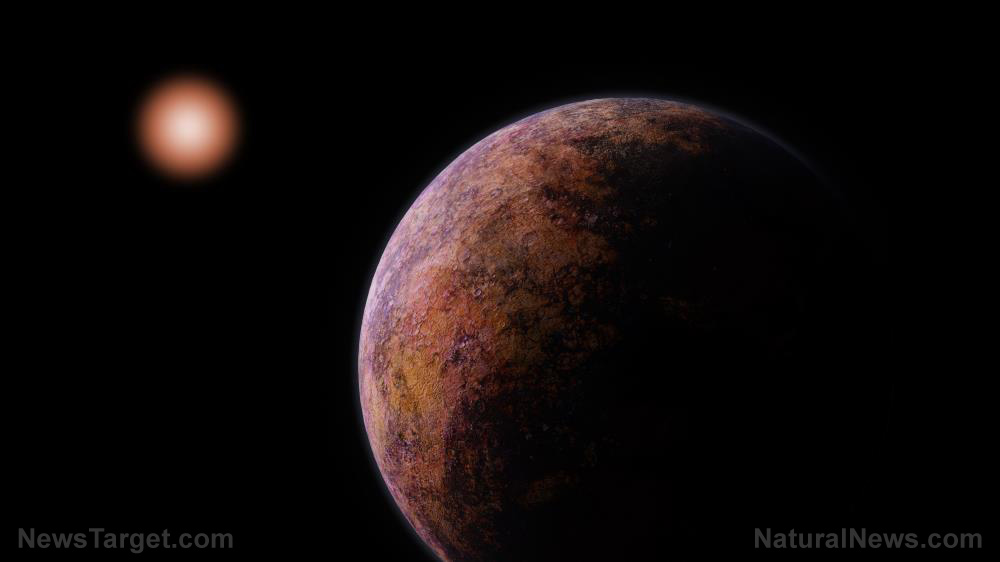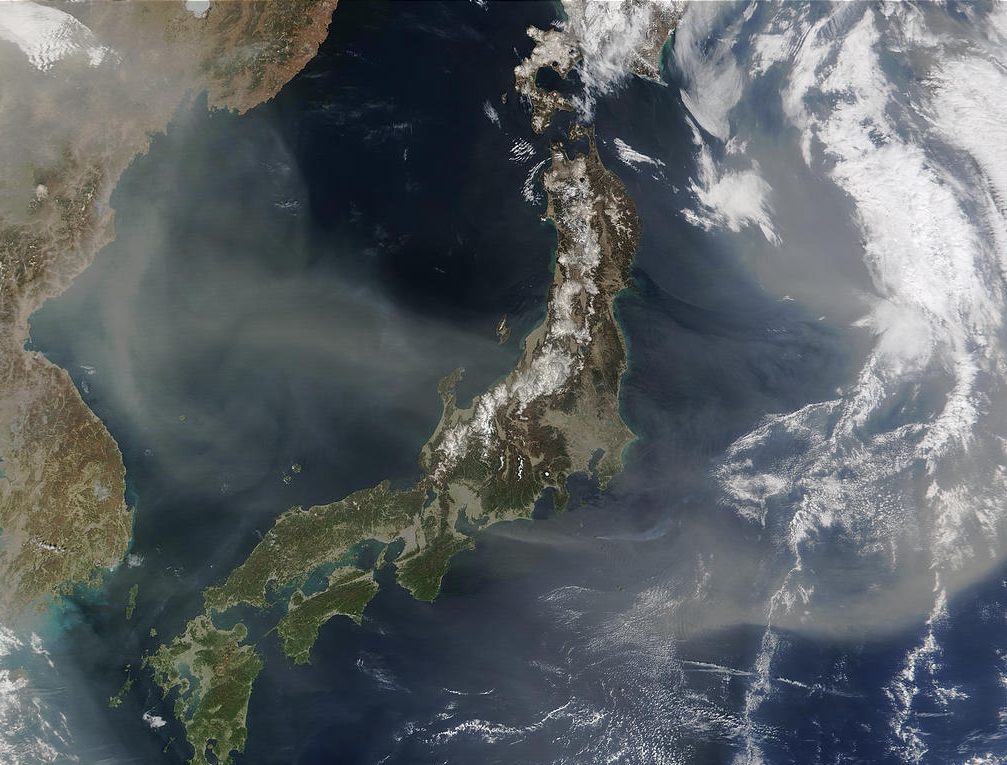Other planets may be home to more diverse life forms than Earth, suggest scientists
08/27/2020 / By Divina Ramirez

The existence of planets orbiting distant stars outside of Earth’s solar system has accelerated the search for life in space. But despite the fact that these planets, called exoplanets, are too far off to explore using current space technologies, scientists think that they might possess a greater potential for life than Earth itself.
Stephanie Olson, an astrobiologist from the University of Chicago, presented these findings at the 2019 Goldschmidt Conference in Barcelona, Spain. The idea that other planets could be more habitable than Earth might seem far-fetched, but it could help inform astronomers’ search for life on other planets, said Olson.
Olson and her colleagues used a climate model from the National Aeronautics and Space Administration (NASA) to simulate possible atmospheric and oceanic conditions on exoplanets. The group found that a dense atmosphere, the presence of continents and a slow rotation rate all pointed to a great potential for life.
Distant exoplanets could be more habitable than Earth
Earth might seem like the optimal hub for life, but Olson and her colleagues suggest that other planets could, in fact, host oceans that are far more hospitable than those on Earth.
In the past, astronomers had focused on planets located in the so-called Habitable Zone, or the orbital region around a star. It is thought that planets in this zone can hold liquid oceans on their surfaces and, in turn, host life.
But Olson argued that not all oceans are hospitable due to different atmospheric conditions. Therefore, in finding habitable planets, it is important to look not just at planets in the Habitable Zone, but also at those that possess suitable global (i.e. atmospheric) and ocean circulation patterns regardless of their location.
To this end, Olson and her team modeled the potential for life on select exoplanets and found some conditions that can create hospitable oceans and dictate a planet’s potential to host life. These conditions include a dense atmosphere, the presence of continents and a slow rotation rate.
From their models, Olson and her team had also been able to determine the planets that might have the most efficient upwelling in their oceans. Upwelling refers to an oceanographic phenomenon in which currents bring deep, cold and nutrient-rich water to the surface of the ocean.
Upwelling has a significant impact on both climate and marine life. In fact, primitive microbes had evolved in the sea due to this phenomenon. Put simply, life on Earth’s oceans and possibly on oceans in other exoplanets depend on this phenomenon to sustain biodiversity.
It also acts as an agent for nutrients, and more nutrients correspond to more biological activities, said Olson. Furthermore, as their models suggest, oceans in other exoplanets could be more abundant in biological activities than those on Earth.
These are the conditions that astronomers need to look for in exoplanets in order to determine their potential to host life, said Olson. Based on their findings, Olson and her team concluded that there might be planets in the cosmos far more hospitable to life than Earth. (Related: Nearby “super-Earth” exoplanet could support life, suggest scientists.)
Implications for future astronomical research
Scientists’ current understanding of oceans beyond those in our solar system is rudimentary at best, said Chris Reinhard, an earth scientist from the Georgia Institute of Technology.
Therefore, the findings of this recent research could lead to a greater understanding of exoplanet oceanography in the future, he added. Reinhard was not involved in the study.
Olson also hopes that their findings can help inform telescope design to ensure that future missions are better equipped in looking for favorable atmospheric and oceanic conditions on exoplanets.
Sources include:
Tagged Under: alien life, exoplanets, future science, Oceans, outer space, research, science and technology, Space, space exploration
RECENT NEWS & ARTICLES
COPYRIGHT © 2017 FUTURE SCIENCE NEWS







